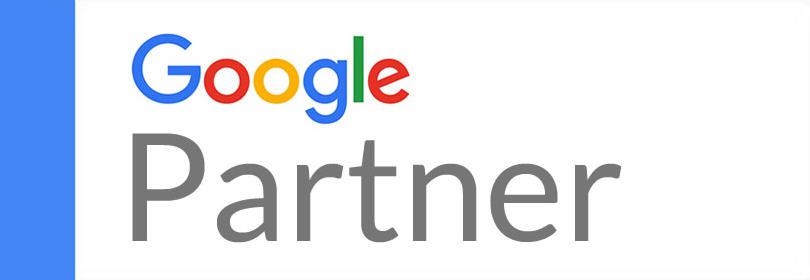Paid Search Terms Analysis
Finding the right keywords to power your paid search marketing

Paid search campaigns help build traffic to a site, and are most important in the early phases of a website. By increasing traffic through paid campaigns, domain authority is established and organic SERP rankings increase as a result.
OUR OBJECTIVE IS TO TAILOR YOUR CAMPAIGN TO MATCH THE OBJECTIVES YOU HAVE SET (I.E. AWARENESS, CONVERSION ETC.)
KEY COMPONENTS TO YOUR APPROACH TO PAID SEARCH:
- Keyword research
- Keyword clusters and landing pages
- Scenario planning
- Measuring and quantifying performance
KEYWORD ANALYSIS AND PLANNING
Look at the digital landscape to determine what terms you should consider. A key element to this process is to look at not only terms related to your brand, but unbranded terms as well.
Key steps in your keyword research once you have identified search terms:
- Review search volume and additional opportunities for broad phrase matching and additional terms
- Assess the competition's bidding activity
- Investigate search term interest by location for possible geo-targeting opportunities
AD SEGMENTATION BY KEYWORD GROUPINGS AND CONNECTION TO LANDING PAGES
Once keyword terms are clustered, variations need to be explored to determine the number and content of the various ads. At this point, it's essential to think about the pull through from the ad copy, call-to-action (CTA) and website destination. Ensuring there is contextual continuity is critical to avoid losing the user and increasing bounce rates from the paid search landing page.
The reason for grouping keywords is to create tight, relevant clusters of terms that ladder up to broader categories or topics that users are searching. This grouping will allow you to serve more actionable and purposeful content to users that can deep link them to specific destinations on your website or drive them to specific landing pages to elicit a desired action.
Landing pages are a critical component to your paid search strategy, as they are the destination for the user and can impact your Quality Score on Google. And It's good to keep in mind that things like bounce rate and page load time affect your quality score. Your quality score is used in conjunction with your bid amount to determine if your ad gets displayed and in which position (ranking 1-4).
PERFORMANCE AND BUDGET PLANNING WITH SIMULATION
Leverage known data to estimate cost and performance of keywords and campaign:
Inputs
- Share of voice target thresholds
- Search volume by term
- Suggested bid
- Competitor bid activity
Outputs
- Estimated campaign cost and CPC
- Projected Impressions
- Estimated clicks and click-through rate
Using these data inputs provides outputs to estimate campaign budget and set baseline performance expectations.
QUANTIFY YOUR PAID SEARCH RESULTS
How often do you need to examine your analytics and what types of metrics should you be seeking?
- Share of voice reports run bi-weekly
- Show impression share on all keyword terms vs. competition
- Monthly search term reports (Aggregate campaign and individual terms)
- Impression and impression share (Google only)
- # of clicks and click-thru rate (CTR)
- Average position (rank 1-4)
- Costs and average cost per click (CPC)
- Utilize tracking codes across all ads and paid search accounts to monitor site engagement from traffic acquisition
At Digital Radar we focus on quantifying your marketing performance, so our approach to analytics focuses not just on the campaign but on pulling our analysis through to how your acquired traffic performs once it reaches the online destination.



